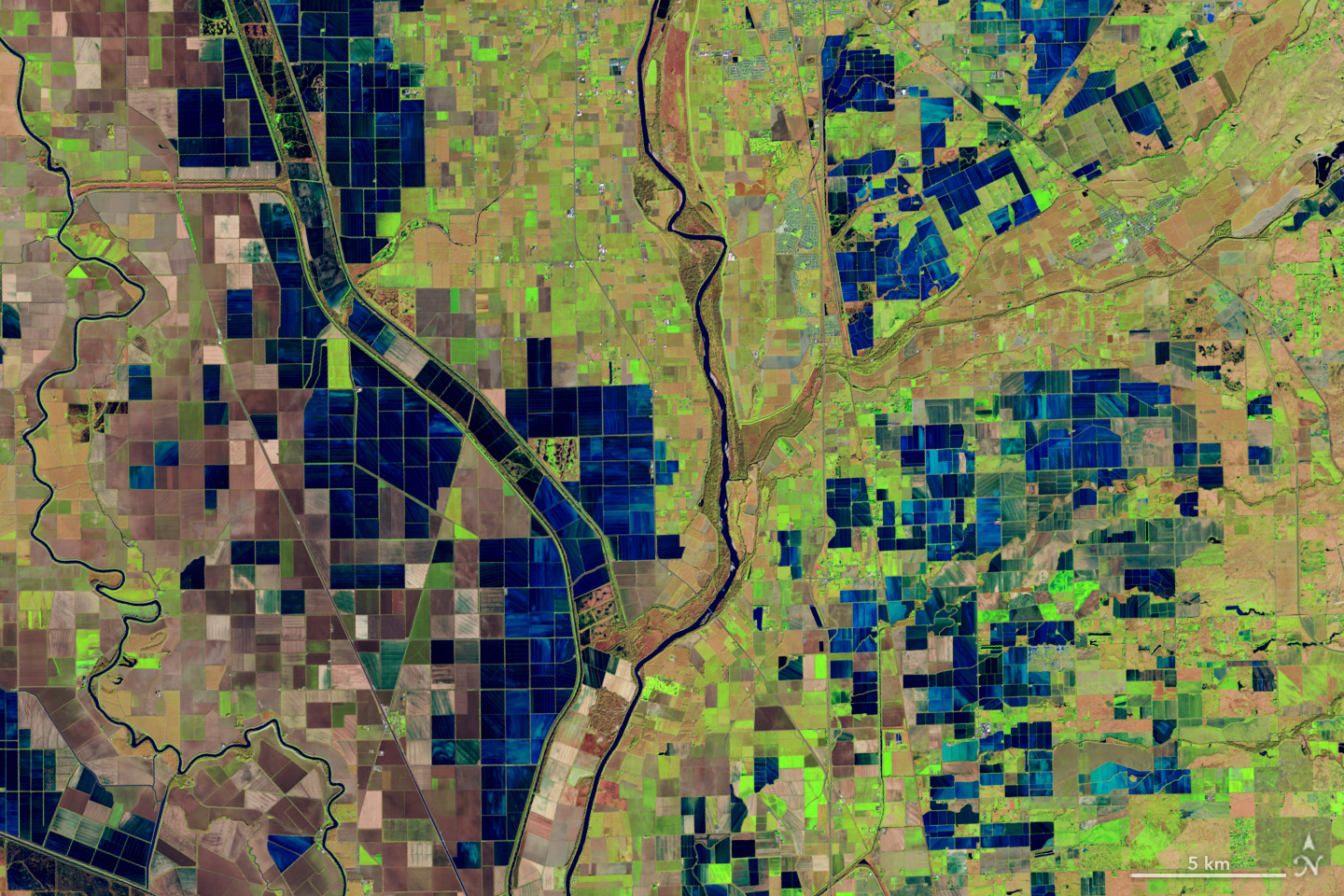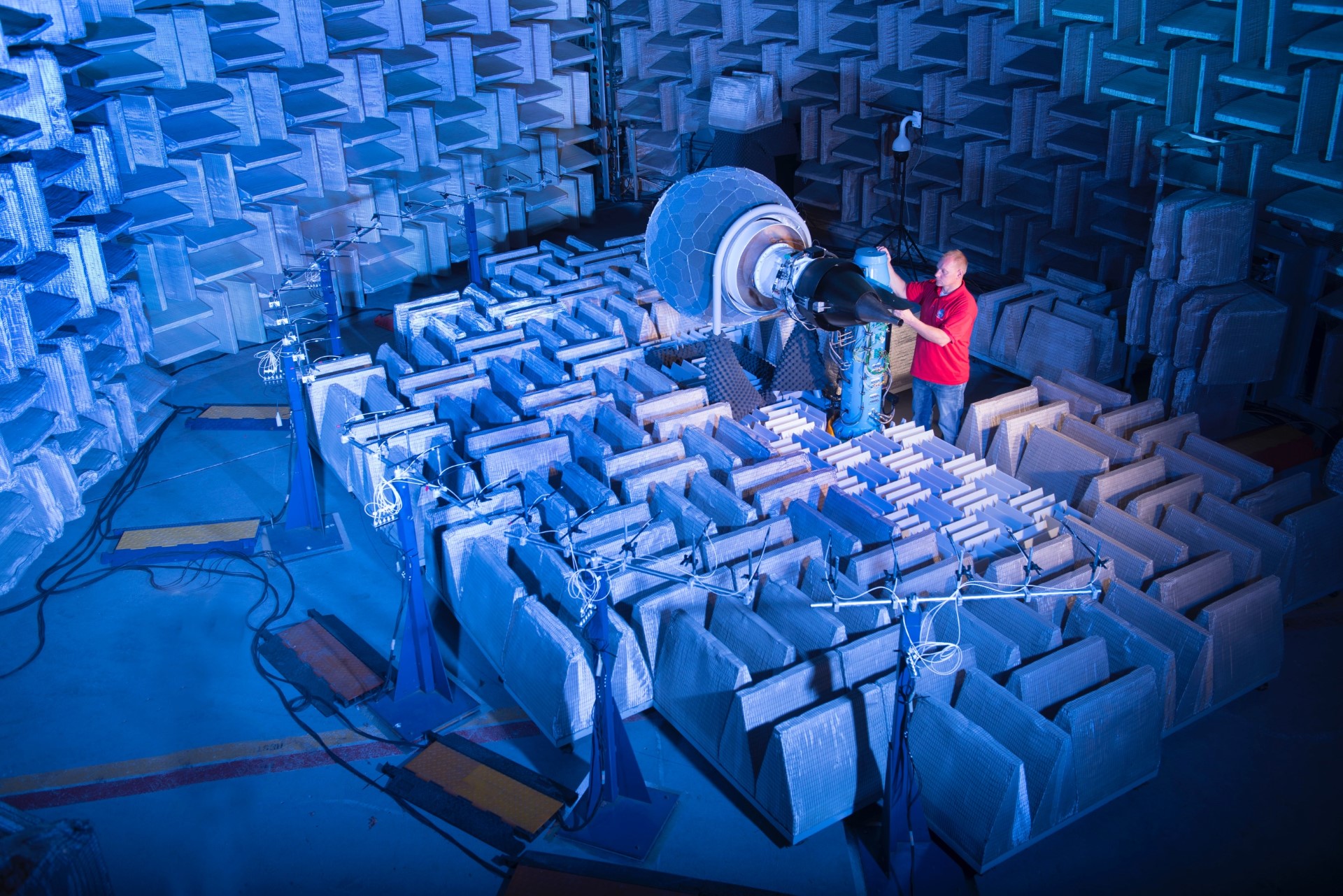Do we have enough fuel to get to our destination? This is probably one of the first questions that comes to mind whenever your family gets ready to embark on a road trip. If the trip is long, you will need to visit gas stations along your route to refuel during your travel. NASA is grappling with similar issues as it gets ready to embark on a sustainable mission back to the Moon and plans future missions to Mars. But while your car’s fuel is gasoline, which can be safely and indefinitely stored as a liquid in the car’s gas tank, spacecraft fuels are volatile cryogenic liquid propellants that must be maintained at extremely low temperatures and guarded from environmental heat leaks into the spacecraft’s propellant tank. And while there is already an established network of commercial gas stations in place to make refueling your car a cinch, there are no cryogenic refueling stations or depots at the Moon or on the way to Mars. Furthermore, storing volatile propellant for a long time and transferring it from an in-space depot tank to a spacecraft’s fuel tank under microgravity conditions will not be easy since the underlying microgravity fluid physics affecting such operations is not well understood. Even with today’s technology, preserving cryogenic fuels in space beyond several days is not possible and tank-to-tank fuel transfer has never been previously performed or tested in space.
Related Posts

OpenET Moisture Measurement Tool is Proving Highly Accurate
5 min read OpenET Moisture Measurement Tool is Proving Highly Accurate This is a false-color image, acquired December 26, 2018,…

NASA Uses Small Engine to Enhance Sustainable Jet Research
Located inside a high-tech NASA laboratory in Cleveland is something you could almost miss at first glance: a small-scale, fully…

Dr. Kenyon Makes Calls, On and Off the Field
As the director of NASA’s Glenn Research Center in Cleveland, Dr. Jimmy Kenyon is used to making important decisions at…
